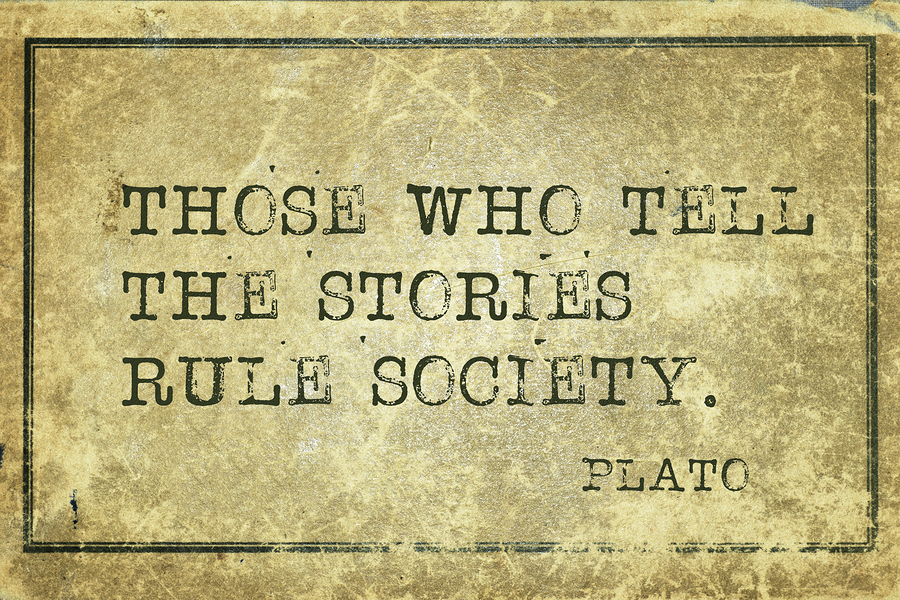
Cheese is cheese is cheese, or is it?
October 24th, 2017 Posted by Emergent brand marketing, brand strategy, Culinary inspiration, food experiences, food retail strategy, Insight, shopper behavior, storytelling 0 comments on “Cheese is cheese is cheese, or is it?”Inspiring craft of the world’s longest standing savory solution
For whatever reason, the powers that be decided years ago that a portion of Emergent’s client pedigree would include helping grow and develop cheese brands. Our culinary roots and passions have surfaced time and again to help guide products that – on one level, look to be a commodity and on another, is anything but.
Today, cheese sits in the same refrigerated dairy foods segment alongside yogurt and butter, as the second most frequently purchased category at food retail.
- Yet when planning in commodity food categories, how do you find the path to uniqueness, separation and own-able distinctions? Brands are doing business today in an environment where direct assertions of “better than brand B or C” or self-declarations of superior quality simply won’t work.
Meanwhile, cheese consumption has increased; and people love the rich, savory and varied flavor profiles cheese delivers more than ever. In fact, it is this creation complexity and nuance that makes cheese making such an inspiring process to observe – where seeing and tasting is believing – and differentiation is borne, in part, through experiencing the ingredient and craftsmanship stories.
Consumers care more than ever about the backstory on products and brands they’re interested in. The tale surrounding cheese making and the influence of terroir, dairy management, milk quality, craftsmanship and creativity exercised by experienced cheese makers. The cheese making backstory offers a rich tapestry of narratives on product creation and authenticity.
We created a “cheese immersion experience” for a topflight group of food writers on behalf of Schuman Cheese at their creamery in Turtle Lake, Wisconsin. The mostly New York-based media visited cows at the dairy and saw up close time-honored cheese making practices and innovation steps. The look of astonishment on the faces of these writers was only equaled by the consistent comments of “I never knew how complex it is to produce higher quality cheese,” and “people just don’t understand what goes into that wheel of Parmesan.”
That consensus among the writers and their inspired stories were an outcome of quality time with, and passionate storytelling by, Schuman’s lead cheese maker, Christophe Megevand and fourth generation family member, Allison Schuman. A story, which if left untold, could have easily relegated a great brand into a commodity position.
Commodity category? Not if you’re willing to challenge conventions.
For a very long time, the leading market share in dairy aisle cheese has been held by price driven store brands, implying by definition that cheese is cheese is cheese. We worked with a leading brand in this ‘high velocity’ part of the store, Sargento Cheese, to help them overcome the impact of commoditization on their business prospects.
Working in partnership with the Sargento executive team, we started to disrupt category conventions; first, through redefining the category typical ‘all-things-to-all-people’ consumer audience. We collaborated on segmentation research that narrowed the focus to a food savvy shopper we called Food Adventurers. This is a heavy user persona passionately involved with food experience, cooking, and concern about the quality of the ingredients they use. Further, we built a premiumization platform that engaged highly respected artisan cheese makers for new product innovation. This new strategic approach informed a full reset covering brand positioning, packaging, unique products and communications.
Our new, reenergized strategy for marketing focused on a consumer who is naturally interested in cheese quality and responded positively to the brand’s close alignment with their passions and priorities around the kitchen and table. We built new digital channels of communication, created content with celebrity chef influencers; sponsored culinary events that further restaged perceptions of the brand; and constructed a significant new profit story told to the trade.
The outcome was a dramatic performance lift and led to share gains over rival Kraft.
New era for cheese is now developing
Things have changed lately as consumers flock to the perimeter of the grocery store in search of higher quality, more authentic food experiences. The supermarket Deli is home to solutions for culinary inspiration (recipes), entertaining experiences and higher-quality snacking.
As retailers respond to consumer interest in better and more varied flavor experiences, the Deli cheese case, like the wine department, increasingly offers a treasure of variety. But as you survey the cheese case, the blur of similar looking wedges and blocks suggests commodity conditions reign even here.
- So, the strategic push for differentiation and own-able distinctions are a challenge we relish as marketing thinkers and creators.
In the previous mass media era, food brands could be established and built with a good, memorable jingle or tagline flourish. The world has indeed changed as people step further towards demonstrable evidence of quality commitments and know-how that transcend the conventions of hype-over-help communication.
Now, truth and validation become the precursors to building consumer trust, the essential ingredient in any brand/consumer relationship. Fortunately, new media such as social channels and digital video help facilitate the transition to help-over-hype.
Commodity is a real thing for any agricultural product category but only becomes calcifying if you let sameness invade the context in how brands are presented. The stories of family involvement, craftsmanship, mission and ingredient integrity can create emotional moments of belief.
Emergent has a track record of creatively and strategically mining differentiation and value in commodity businesses. Building a narrative that sits underneath product creation and the team leaders who help inspire differences and bring them to life is part of an eco-system of solutions that offer a sense of true distinction.
Looking for more food for thought? Subscribe to our blog.
Bob Wheatley is the CEO of Chicago-based Emergent, the healthy living agency. Emergent provides integrated brand strategy, communications and insight solutions to national food, beverage, home and lifestyle companies. Emergent’s unique and proprietary transformation and growth focus helps organizations navigate, engage and leverage consumers’ desire for higher quality, healthier product or service experiences that mirror their desire for higher quality lifestyles. For more information, contact [email protected] and follow on Twitter @BobWheatley.




